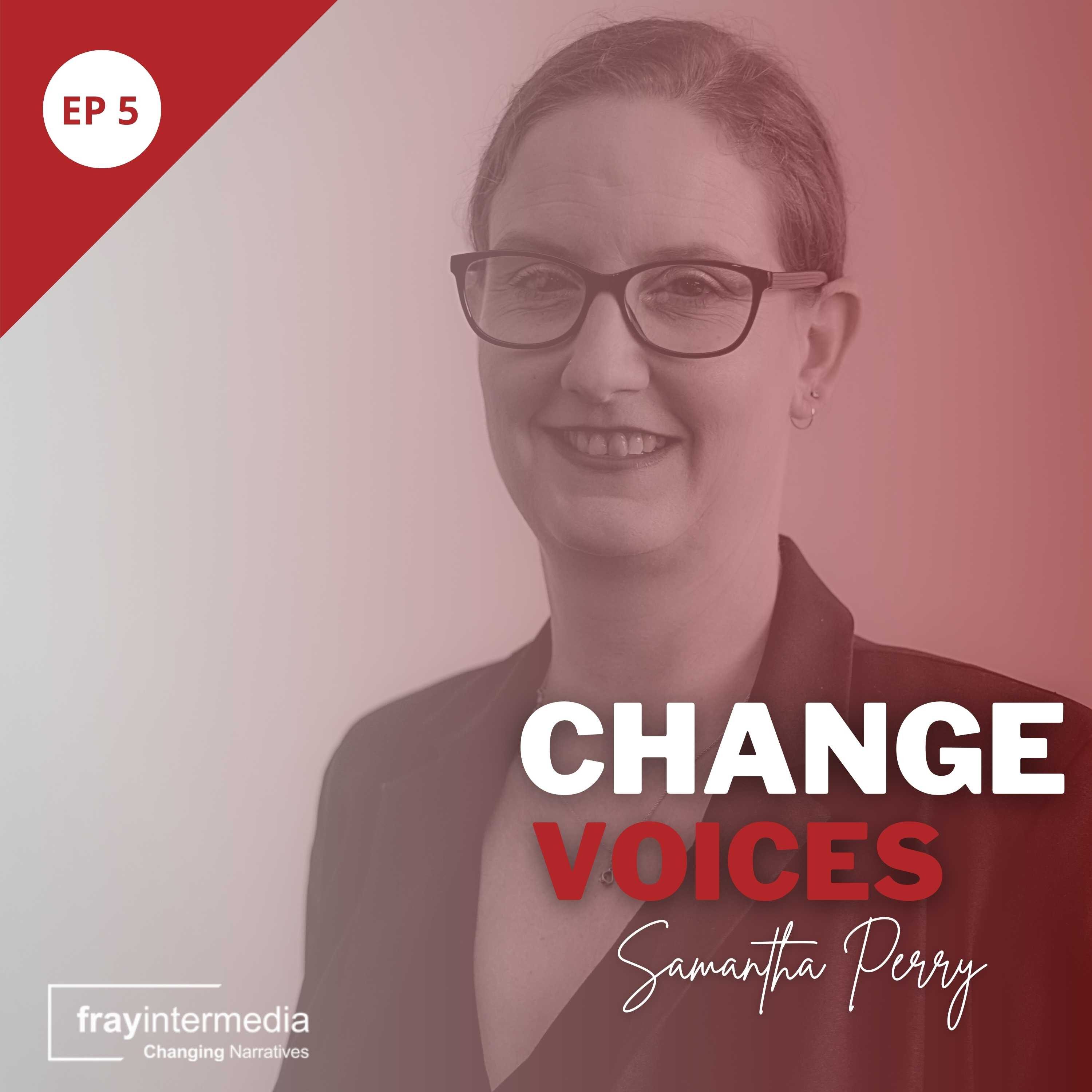In this final episode of season 2 were in conversation with public relations consultant, public speaker, tech journalist and WomeninTechZA co-founder Samantha Perry.

As a seasoned tech reporter with more than 20 years of experience, Perry confesses that her career in tech reporting was accidental.
Several jobs following her internship at Telkom where she worked as a student PR after completing her undergraduate Diploma in Communications at Wits Technicon (University of Johannesburg) led her to cover the tech industry, growing in strength and knowledge with every opportunity.
Even as a formidable tech journalist, Perry says she spent most of her career feeling at a disadvantage in a male-dominated sector where most senior men are very patronizing, particularly to young female journalists.
“I spent a lot of my career feeling at a disadvantage, feeling that I didn’t really understand or like a bit of a fake and a fraud and it’s only perhaps in the last ten years that I’ve kind of grown enough to embrace my own power and my own understanding and really come into some sense of confidence in who I am and my expertise and my skillset,” she said.
Through the work of WomeninTechZA, Perry aims to bridge the gender diversity gap in the tech sector by showcasing the diverse and talented women working in ICT in South Africa and raising awareness of how to address the gender gap in the sector.
“I think having more women role models in tech and other fields who are willing to talk to each other and work with each other would be quite helpful because certainly in the male-dominated sectors,” she said.
Perry highlights that the tech industry still remains a hostile and untransformed space because most tech companies have male leadership and having more women in those spaces would be a good start to addressing gender issues.
“The overarching rationale for women in tech was to provide a place to just showcase these women, to show younger women trying to get into the sector that they are around women of all colors, shapes, sizes and skillsets from the receptionists through to electrical engineers, they are all there and they are not alone in this,” she explained.
Perry says gender conditioning in schools contributes to the career choices of young girls about what gender-appropriate careers are.
“What are we telling our girl or boy children about what they can do as appropriate careers because in primary school you start seeing that there is a source,”
Suggesting how tech companies can empower women, Perry says tech companies need to employ a range of strategies to bring women into the industry and keep them until they reach senior levels.
“We need more organizations to realize that they need women in the workforce, in the tech workforce,” she said.
Using Salesforce as an example, she explained that it is intentional interventions like theirs that seek out women who have stepped out because of other responsibilities to upskill them and later bring them back that make gender diversity possible.
“Salesforce has programs in place that specifically looks for women who have left the tech sector to go and have kids and want to come back, but have lost touch and specifically has programs for them where they spend six months getting them up to speed and put them back into the workforce,” she said.
She added that gender equity in the sector does not only look on organisational diversity scorecards but also makes business sense as women’s representation in management can widen opportunities by tapping into the needs of forgotten audiences.
“Pinterest, for example, has 23% female employees, but 80% of the customers are women. Just how are you developing products for people who aren’t in your business?” she asked.
“What are other business opportunities you are missing out on? Because in the guys who use Pinterest is a quite different key to the way women do.”

